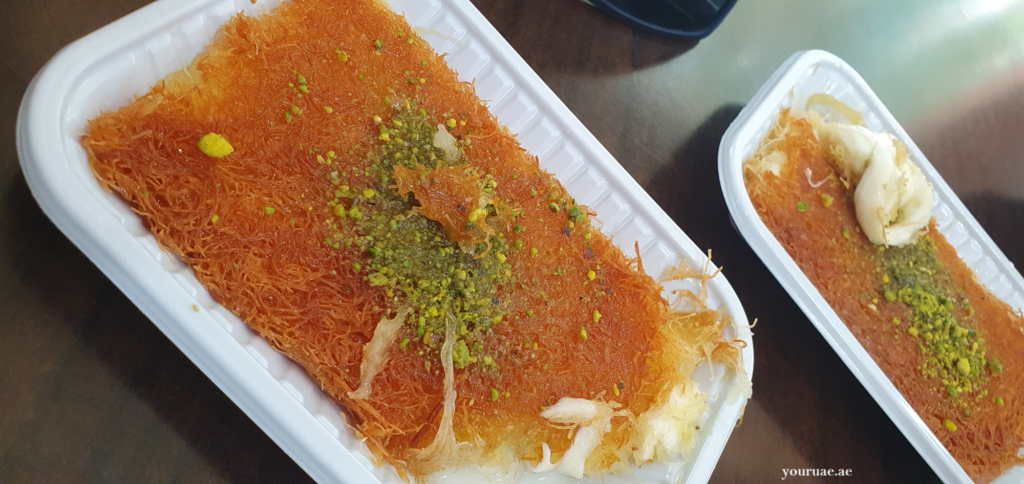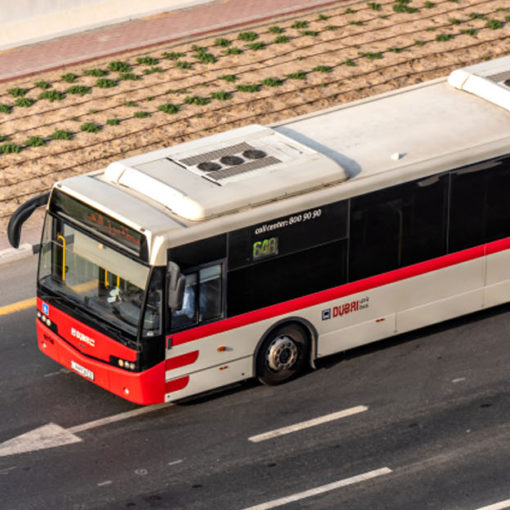Al Ain is a city located in the Emirate of Abu Dhabi, United Arab Emirates. It is known for its rich history and cultural heritage, making it a popular tourist destination. Al Ain is the fourth-largest city in the UAE and is located on the border with Oman. Al Ain, also known as the “Garden City,” has a rich history that dates back thousands of years. The area has been inhabited for nearly 8,000 years, with archaeological sites dating back to the Neolithic period. It is also the birthplace of Sheikh Zayed, the founding father of the United Arab Emirates, and played a significant role in the country’s history. Al Ain was assigned to the Abu Dhabi emirate under an agreement with Oman in 1953. Al Ain is home to many historical and cultural attractions, including the Al Ain Palace Museum, Al Jahili Fort, and the Al Ain Oasis. The city has a rich agricultural heritage and is known for its date palms and camel farms. Visitors to Al Ain can also enjoy outdoor activities such as hiking, mountain climbing, and desert safaris. The best time to visit Al Ain is between October and April. During these months, the weather is relatively milder, with average daytime temperatures ranging from 22°C to 30°C.
Traditional foods that are popular in Al Ain:
Al Ain offers a variety of Middle Eastern dishes, such as seafood biryani, crispy okra, and traditional Middle Eastern starters and main courses. The city is also known for its Filipino food, with restaurants offering a wide range of Filipino delicacies, including favorites from the Panaderia Bakery branch and Pacos.

Top Tourist Attractions in Al Ain:
Al Ain is a city in the United Arab Emirates that offers a variety of attractions for visitors. The following are the top tourist attractions in Al Ain.
1. Al Ain National Museum:
The Al Ain National Museum is a must-visit destination for those interested in the history and culture of the UAE. Al Ain National Museum is one of the oldest museums in the UAE, established in 1971 under the guidance of the late Sheikh Zayed Bin Sultan Al Nahyan, the first President of the UAE. The museum has two main sections: the ethnographic section and the archaeological section. The ethnographic section displays the traditional way of life in the UAE, including clothing, jewelry, and household items. The section also highlights local traditions and culture, such as the falaj, a traditional irrigation system used to irrigate the Al Ain oases. The archaeological section of the museum displays artifacts recovered from the many archaeological sites. The section also includes finds from the Bronze Age tombs at the Mezyad and Hili Archaeological Parks, which are UNESCO World Heritage Sites.
2. Al Ain Zoo:
Al Ain Zoo, founded in 1968 by the late Sheikh Zayed, is located in the Eastern Region of the Emirate of Abu Dhabi, UAE. It spans 400 hectares and is home to over 4,000 animals across 200 species. The zoo’s collection includes Arabian antelopes, oryx, eland, gazelles, lechwe, white lions, Nubian giraffes, and more. It also has a “Dinosaur Trail,” a large bird aviary, and a reptile house. Visitors can enjoy unique experiences such as up-close giraffe feeding, camel riding, and the Elezba petting zoo. Additionally, there is a train tour of the wildlife area and the option to book an Al Ain Safari, which covers 217 hectares of land along the base of the Jebel Hafit mountain range. You will get a chance to see African lions, white rhinos, ostriches, zebras, and more. Entry to Al Ain Zoo costs AED 30 for adults and AED 10 for children.
3. Al Ain Oasis:
Al Ain Oasis is located in the city of Al Ain, Abu Dhabi, and is a UNESCO World Heritage Site. It spans 1,200 hectares and is home to over 147,000 date palm trees and 100 different plant species. The oasis is fed by the ancient falaj irrigation system, which brings water from the mountains to the farms through a complex system of underground and surface channels. This traditional irrigation method has been in use for thousands of years and is a key part of the region’s heritage. It is a living cultural landscape that has been inhabited for nearly 4,000 years, making it one of the world’s oldest permanently inhabited settlements. The oasis is free to enter.
4. Al Ain Palace Museum:
The Al Ain Palace Museum, located in the city of Al Ain, is an important historical site in the United Arab Emirates. It was the residence of the late Sheikh Zayed bin Sultan Al Nahyan, the Founding Father of the UAE and the first President of the country. The palace, built in 1937, was home to the ruling family. The museum, which opened in 2001, showcases the Emirati way of life in the 20th century and the private and political life of the Ruling Family. Visitors can explore the palace for free and learn about the rich history of the UAE.
5. Al Jahili Fort:
Al Jahili Fort is a large fort located in Al Ain, Abu Dhabi, the UAE. It was built in 1891 by Sheikh Zayed bin Khalifa Al Nahyan, the first ruler of Abu Dhabi. The fort is square-shaped and has a length of 35 meters (115 feet) and a height of 8 meters (26 feet). It is one of the largest forts in the UAE and has a rich history associated with it. Al Jahili Fort is made of sun-dried mud brick and has a distinctive four-storey circular tower. The fort has a clear connection to the history of Abu Dhabi and the Al Nahyan family. It was initially built to control the tribes living in the area and later served as a summer residence for the ruling family. Today, Al Jahili Fort serves as a cultural center and tourist attraction. It has a gallery and a permanent exhibition devoted to Sir Wilfred Thesiger, a renowned explorer, travel writer, and photographer.
6. Wadi Adventure Park:
Al Ain Wadi Adventure Park is a water-based park located at the base of Jebel Hafeet in Al Ain, UAE. It is the first of its kind in the Middle East, offering a range of activities such as whitewater rafting, kayaking, surfing, and wakeboarding. The park also contains an airpark, zipline, and climbing wall. One of the park’s highlights is the state-of-the-art wave pool that allows visitors to experience surfing in the desert. It is a great place for families and individuals of all ages to enjoy a fun and adventurous day out.
7. Hili Archaeological Park:
The Hili Archaeological Park is located in Al Ain, Emirate of Abu Dhabi, United Arab Emirates. It is the largest Bronze Age site in the UAE, dating back to the 3rd millennium BCE. The park contains settlements, tombs, and a falaj dating from the Iron Age. One of its most significant structures is the Hili Grand Tomb, a 12-meter diameter tower that has been reconstructed. The park also features the remains of an early agricultural village, dating to 3000 BCE, and a number of other Bronze Age and Iron Age structures that are open to the public. The site provides valuable insights into the Umm an-Nar culture, with artifacts from the park displayed in the Al Ain National Museum. The park is a popular destination for history enthusiasts and international visitors.
These attractions make Al Ain a must-visit destination for visitors seeking a combination of cultural, historical, and entertainment experiences. In recent years, Al Ain has made efforts to increase its attractiveness as a tourism destination by reducing tourism fees, making it more affordable for visitors. Al Ain continues to attract visitors from around the world.

